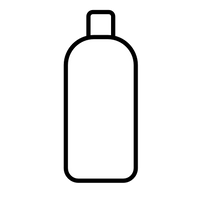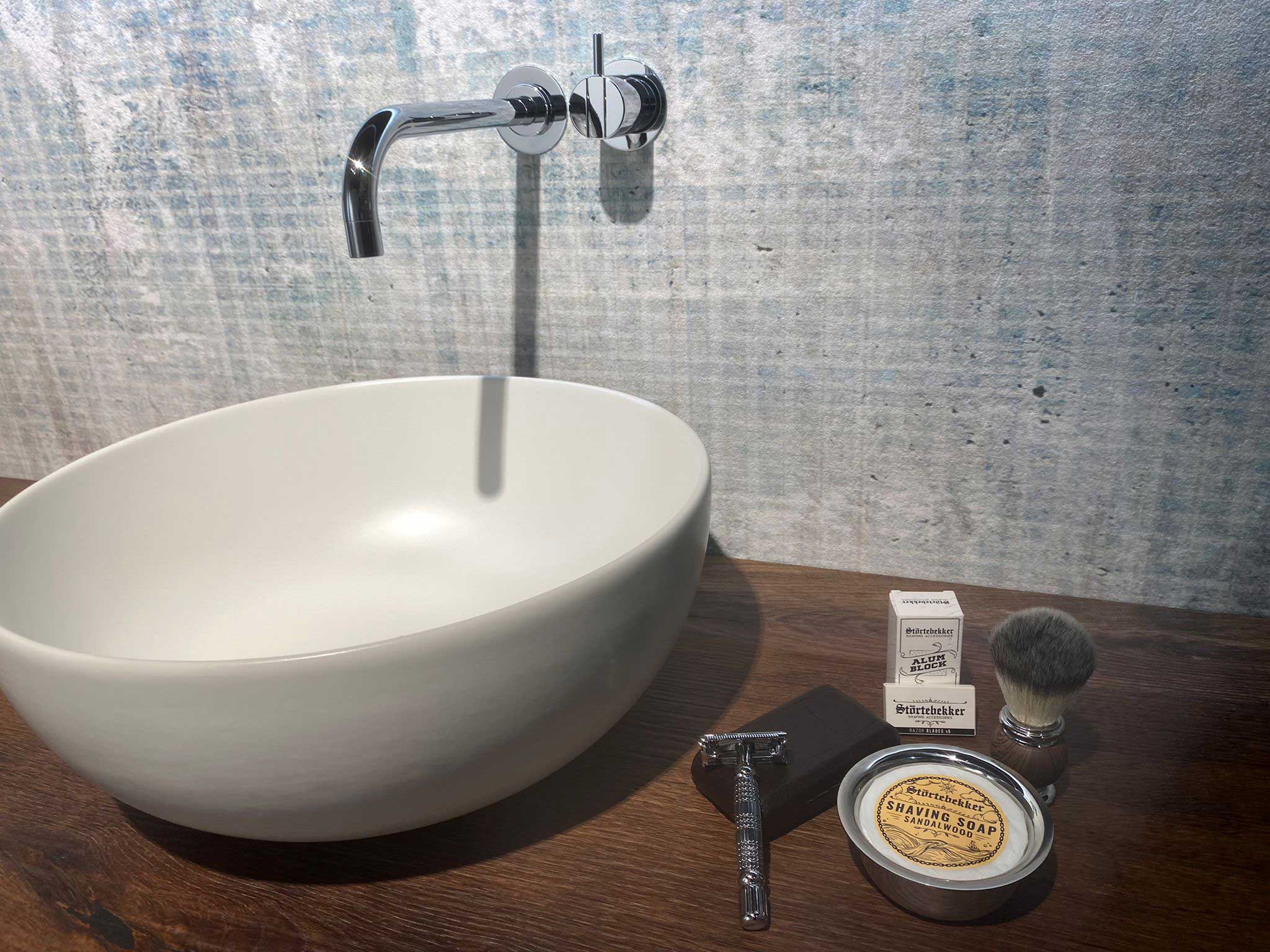Martin is a dedicated entrepreneur and passionate barbershop enthusiast. He has deeply immersed himself in the world of shaving and beard care and wants to bring the unique barbershop experience to every bathroom.
Why is it important to clean razor blades?
Your razor is often, if not daily, in use. During this time,
- hair,
- skin cells,
- and dirt particles accumulate on the blade.

This leads to a dull blade. A dull razor blade roughens your skin, poses a risk of injury, and also results in a less satisfactory shave.
But that's not all: With the hair, skin particles, and dirt
Cleaning Razor Blades: Here's How
Cleaning razor blades follows the same ritual every time. It doesn’t matter whether you use a razor with replaceable blade, a manual razor, or a safety razor.
Quick detour - Want to refresh your bathroom with shaving products? Check out the shop as soon as you finish reading.
1. Rinse the Blade
First, rinse the blade with hot water - ideally under a flowing stream of water. This removes coarse dirt and hair and helps clear the blade of any blockages. Hot water is more suitable than cold water for this.
Ideally, you should detach the blade from the razor if possible and clean it separately.
2. Remove Dirt Residue with a Brush
Then, take a small brush with somewhat stiffer bristles and gently remove the dirt residue from the blade. Toothbrushes are also suitable for this purpose. If possible, use an additional sterilizing or disinfecting solution during this process.
Special razor blade brushes are available in drugstores or pharmacies. They provide the best cleaning results, of course.

3. Allow to Dry
Then, let the blade air dry completely. Place the razor and blade openly on a bathroom shelf or table and ventilate the room if possible. This allows the blade to dry optimally.
Note: If you put the blade away while still wet, there is a risk that mold may form due to the trapped moisture, or the blade may even begin to rust. We don’t need to mention what that would mean for your skin.
Periodically, you should sharpen your razor.
Clogged Razor: What You Can Do
Those with particularly dense beard growth and thick hair are at a higher risk for clogged razors. The more blades your razor has and the closer they are together, the more frequently this happens.
For denser hair, it is therefore recommended to shave with a single blade such as with a safety razor or razor with replaceable blade. Just browse our Störtebekker Shop. Our shaving products are well-designed and of high quality.
Should You Disinfect Razor Blades and If So, How?
You should rinse your razor blade after every shave thoroughly with warm water to immediately remove hairs and skin flakes.
Blades are replaced after five to a maximum of ten shaves. If you use a high-quality safety razor or razor with replaceable blade, the blades last much longer. In that case, it is recommended to occasionally clean them with a disinfecting solution as well.

2 Typical Mistakes in Cleaning Razor Blades
- The razor blade is tapped on the edge of the sink. Don’t do this, as hitting the razor head against hard material can damage it. This can have painful effects on your skin during the next shave.
- Drying the razor or blade with a towel. Never wipe the blade with a towel. This will only damage it and make it dull more quickly. Always let blades air dry.
Conclusion
Cleaning razor blades should be a standard ritual in your bathroom. A well-maintained beard absolutely needs a clean and sharp razor blade; there's no way around it.
How do you handle your blade cleaning?
Here’s another reading tip:
 Free shipping from
79 CHF
Free shipping from
79 CHF
 100 days return
100 days return
 Festes Shampoo
Festes Shampoo Body Bar
Body Bar Handsoap
Handsoap Pomade
Pomade Gesichtspflege
Gesichtspflege Deo
Deo Hair & Body Wash
Hair & Body Wash Haar Booster
Haar Booster Safety razor
Safety razor Straight razor
Straight razor Shaving soap
Shaving soap Razor blades
Razor blades Shaving accessories
Shaving accessories Beard care
Beard care Beard styling
Beard styling



















